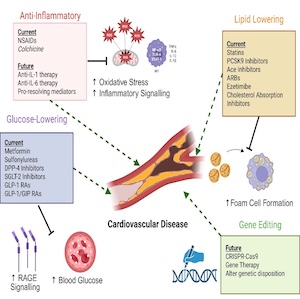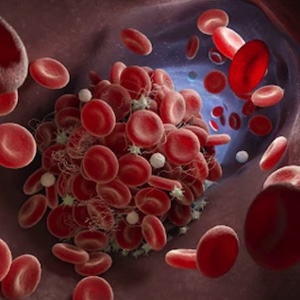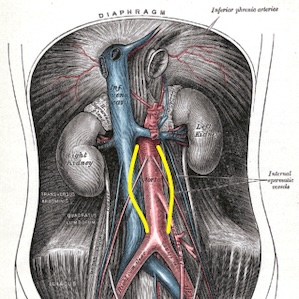Antithrombotic therapy in idiopathic infertility

All claims expressed in this article are solely those of the authors and do not necessarily represent those of their affiliated organizations, or those of the publisher, the editors and the reviewers. Any product that may be evaluated in this article or claim that may be made by its manufacturer is not guaranteed or endorsed by the publisher.
Authors
Idiopathic infertility is an emerging condition among couples, who face difficulties in accomplishing their family plan, in which no organic cause of reproductive failure can be found. Since 1978 the role of assisted reproductive techniques (ARTs) has been established as the best treatment option with increasing success rate in all-cause infertility couples, but still with some limitations and unfavorable outcomes including idiopathic infertility. Aspirin and heparin are commonly used as adjuvant therapy in women with idiopathic infertility undergoing ARTs, however robust evidence proving the efficacy of this therapeutic approach from purposely designed controlled clinical trials is still lacking. A systematic literature search on the use of antiplatelet and/or antithrombotic therapy in idiopathic infertility was performed in PubMed using infertility, heparin and aspirin as search terms, focusing our attention on clinical trials. Despite some trials had shown a benefit of the administration of heparin or aspirin, in terms of increasing pregnancy and live birth rate in women undergoing ARTs, no routine use of these drugs is recommended as adjuvant therapy for unselected women with idiopathic infertility. Routine use of low dose aspirin and heparin in women undergoing ARTs should be discouraged giving the lack of high-quality evidence and potential harm compared to marginal benefits. Their use can be considered after a comprehensive evaluation of risk-benefit ratio of single individual, deriving from a multidisciplinary approach involving experts in hemostasis. However, large multicenter randomized clinical trials are warranted to validate efficacy and safety of such approach in reproductive medicine
How to Cite

This work is licensed under a Creative Commons Attribution-NonCommercial 4.0 International License.
PAGEPress has chosen to apply the Creative Commons Attribution NonCommercial 4.0 International License (CC BY-NC 4.0) to all manuscripts to be published.
Most read articles by the same author(s)
- Silvia Cardi, Filippo Catalani, Luca Valerio, Stefano Barco, From rare to aware: confronting Lemierre syndrome , Bleeding, Thrombosis and Vascular Biology: Vol. 3 No. 3 (2024)













